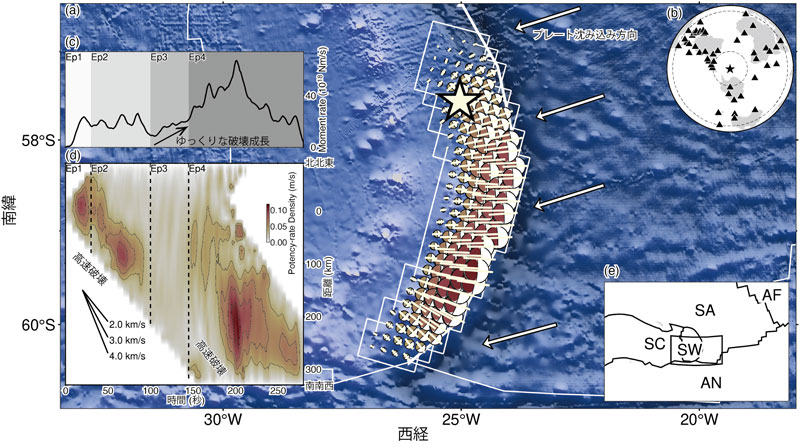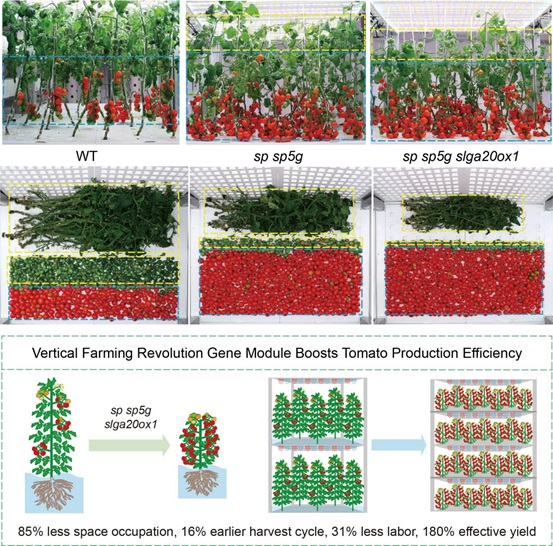2025-05-28 京都大学

本研究の解析対象地域と解析結果
<関連情報>
- https://www.kyoto-u.ac.jp/ja/research-news/2025-05-28
- https://www.kyoto-u.ac.jp/sites/default/files/2025-05/web_2505_ENESCU%20-fe8b0144627aa3e7346882b15d14a97e.pdf
- https://www.nature.com/articles/s41598-025-02043-6
2021年サウスサンドウィッチ諸島で発生した長周期地震津波の複雑な破砕進化 The complex rupture evolution of the long and slow, tsunamigenic 2021 South Sandwich Islands earthquake
Ryo Yamaguchi,Yuji Yagi,Ryo Okuwaki & Bogdan Enescu
Scientific Reports Published:21 May 2025
DOI:https://doi.org/10.1038/s41598-025-02043-6
Abstract
On August 21, 2021, a large earthquake occurred in the South Sandwich subduction zone, and the associated tsunami was widely observed. To robustly analyse the detailed seismic source process of this long-source duration (over 200 s) event occurring in a convexly shaped subduction zone, we applied the Potency Density Tensor Inversion with a non-rectangular and non-planar source surface to the broadband teleseismic P-waves. This method allows us to suitably reduce the effect of the time-increasing uncertainty of the Green’s function and the effect of modelling errors related to the fault geometry. We found the slip vectors of the 400 km long rupture area rotate clockwise to the south, corresponding to the clockwise rotation of the trench strike. Our results reveal that the rupture propagated up-dip to the shallow region, then propagated to the south-southeast along the trench, and stagnated for about 30 s at around 130 km south-southeast from the epicentre. After the stagnation of the rupture front, the moment-rate gradually increased with time, although a clear rupture area could not be identified for about 45 s. Afterwards the rupture re-propagated south-southwest along the trench from the stagnation area. The slow rupture growth following the stagnation of the fast rupture triggered a new fast rupture, which led to the 2021 South Sandwich Islands earthquake having the typical characteristics of a tsunami earthquake, with a long rupture duration and a slow average rupture front velocity.



